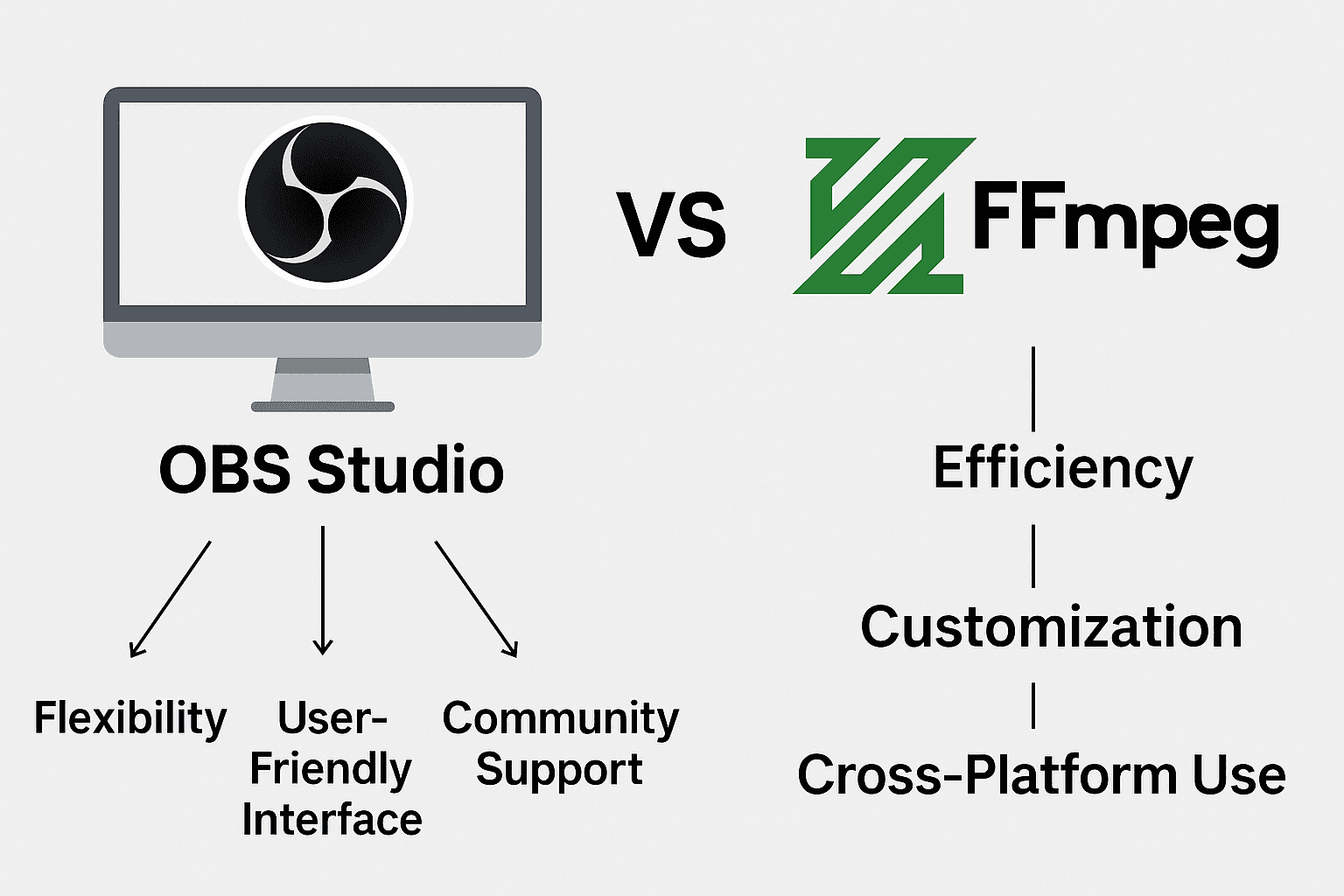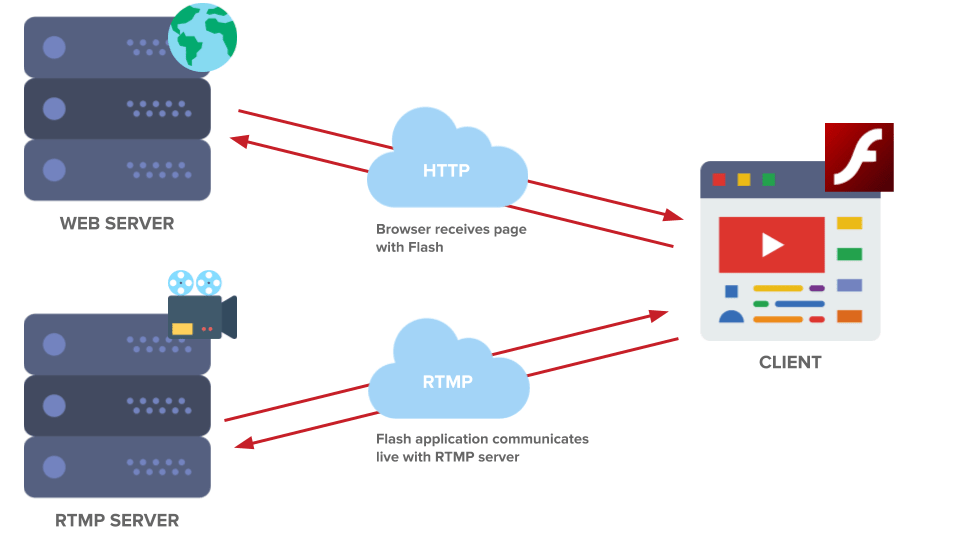For many years, FFmpeg was the unsung hero behind every live video broadcast. It could encode, transcode, and deliver media in real time — the foundation of online video. But while FFmpeg remains essential as a tool, the way we host live streams has changed dramatically.
What made FFmpeg so important?
In the early 2010s, anyone who wanted to stream had to build custom solutions. FFmpeg provided the flexibility to convert any video format into something web-compatible. Developers used it to capture camera input, re-encode video, and send it through protocols like RTMP or HLS.
However, this setup required deep technical knowledge, command-line scripting, and constant server maintenance. Running a live system based solely on FFmpeg meant you were responsible for everything — transcoding, load balancing, and even bandwidth optimization.
As live streaming audiences grew, this model became unsustainable for small businesses and independent broadcasters.
Why did shared RTMP hosting take over?
Shared RTMP hosting simplified everything. Instead of running your own FFmpeg and maintaining servers, you could rent space on a preconfigured RTMP system — already optimized for encoding, bandwidth, and 24/7 uptime.
This shift made professional broadcasting accessible. Providers like Red5Server.com and Hosting-Marketers.org offered shared RTMP servers where users simply connected their OBS or encoder, started streaming, and went live instantly.
It also solved one of FFmpeg’s biggest problems: scaling. With shared RTMP hosting, hundreds of users can stream simultaneously without interfering with one another. The infrastructure automatically allocates CPU, memory, and bitrate distribution to keep every channel stable.
Is FFmpeg still part of the process today?
Absolutely. FFmpeg still powers most encoding pipelines — but it no longer hosts the stream. Instead, it acts as the encoder that pushes content to an RTMP server, like Wowza or NGINX RTMP.
Think of it as the car engine rather than the whole vehicle. FFmpeg prepares your video, compresses it, and sends it to the RTMP endpoint, which handles delivery to viewers.
The benefits of shared RTMP hosting today
Modern shared RTMP hosting includes:
- Managed security and DDoS protection
- Automatic scaling for multiple users
- Wowza-powered transcoding for adaptive playback
- Low latency ideal for live events and TV automation
With these tools, broadcasters no longer need to worry about the complexities of server management.
To see how this model evolved, check out Red5Stream.com, which started with Red5 servers and transitioned into fully managed RTMP hosting environments.
For a deeper technical background, visit the FFmpeg official site, where you can learn how FFmpeg continues to complement RTMP workflows worldwide.





